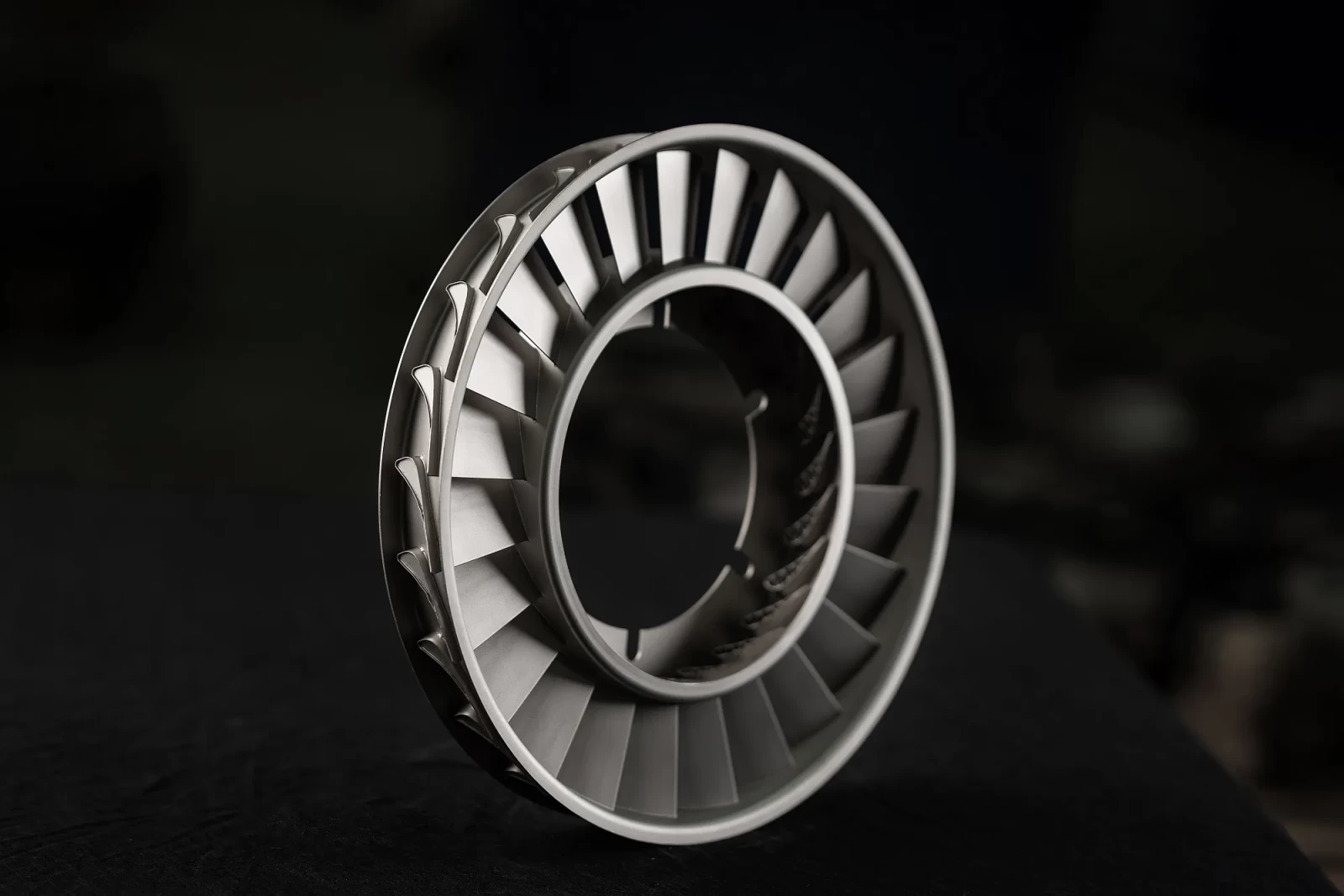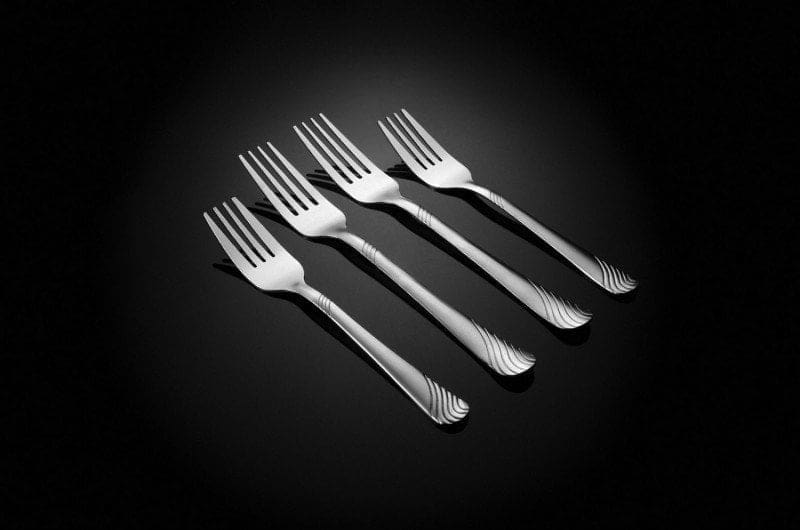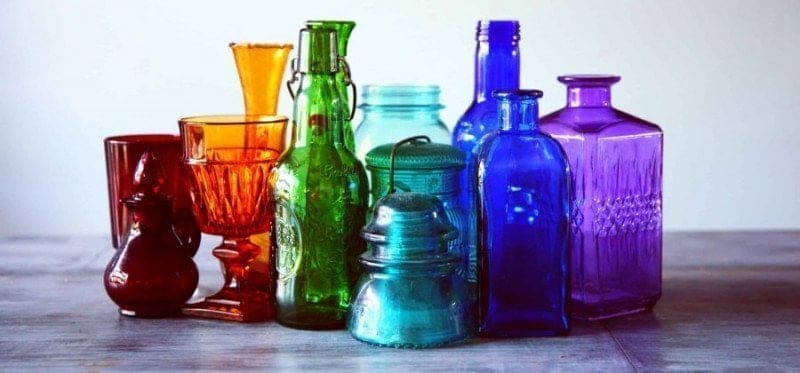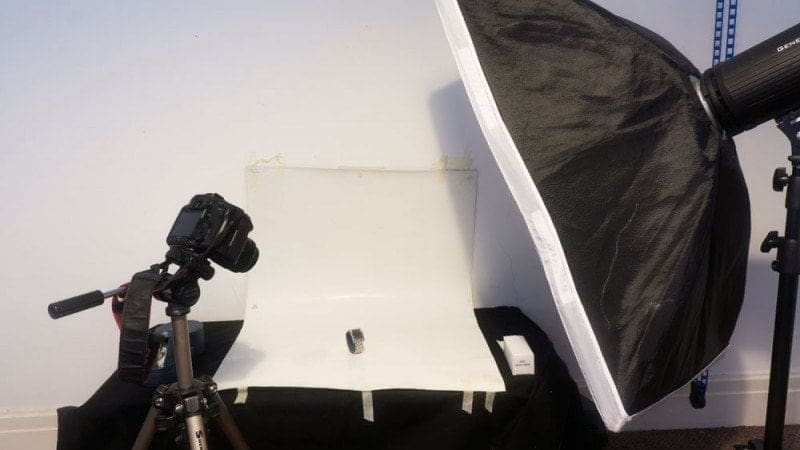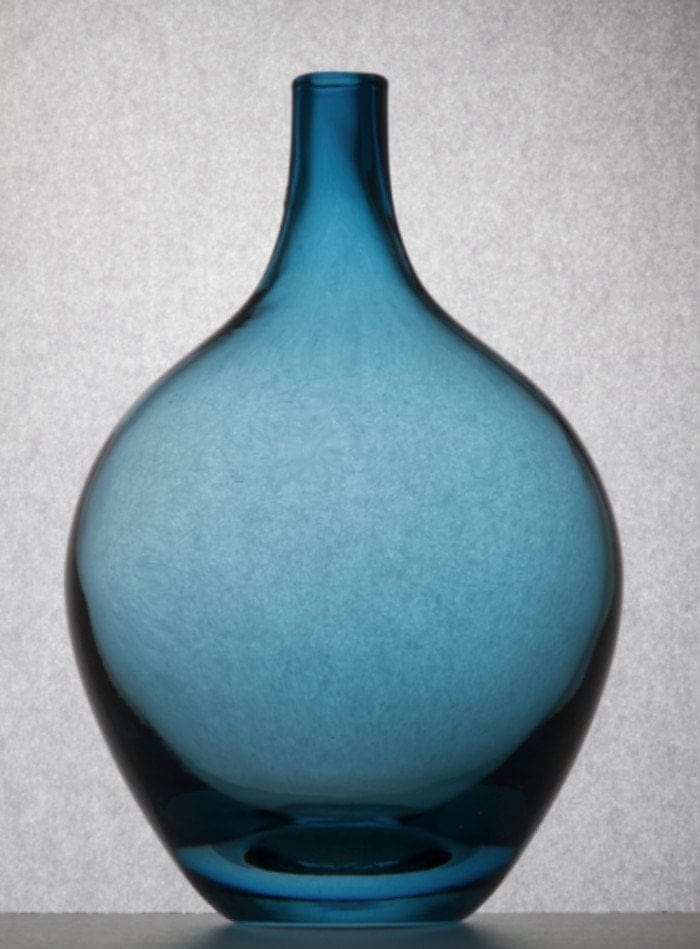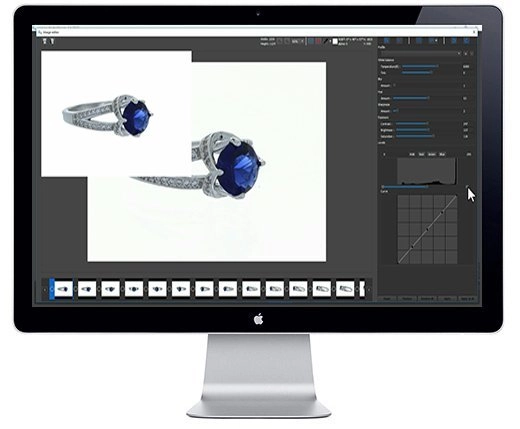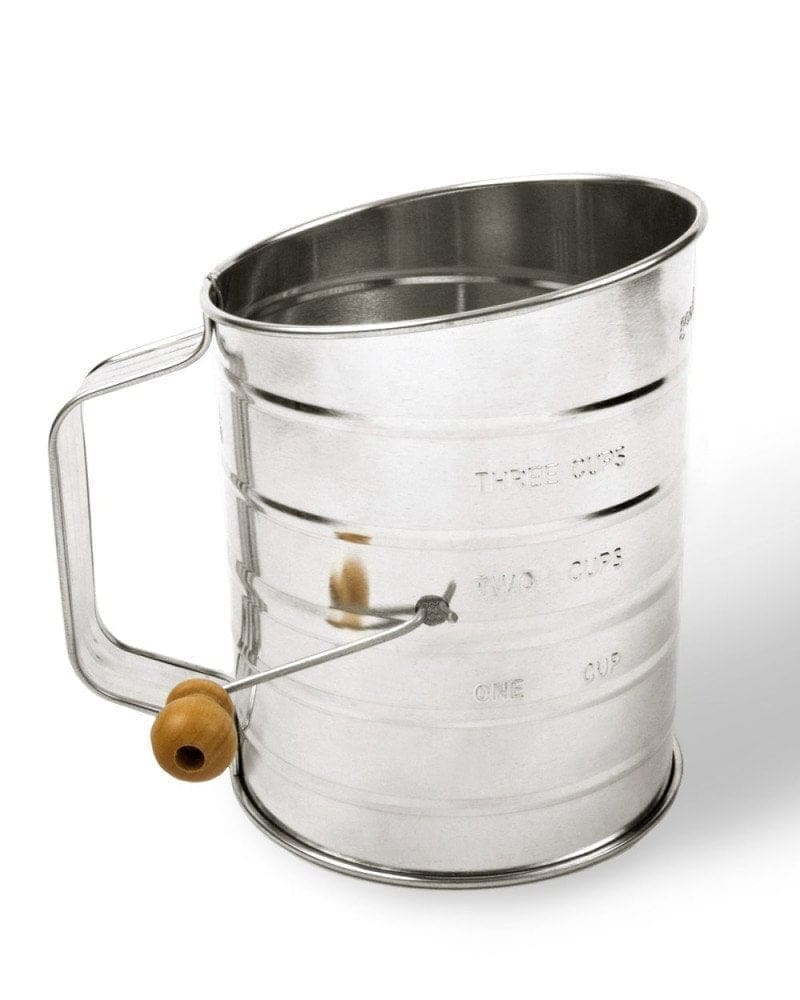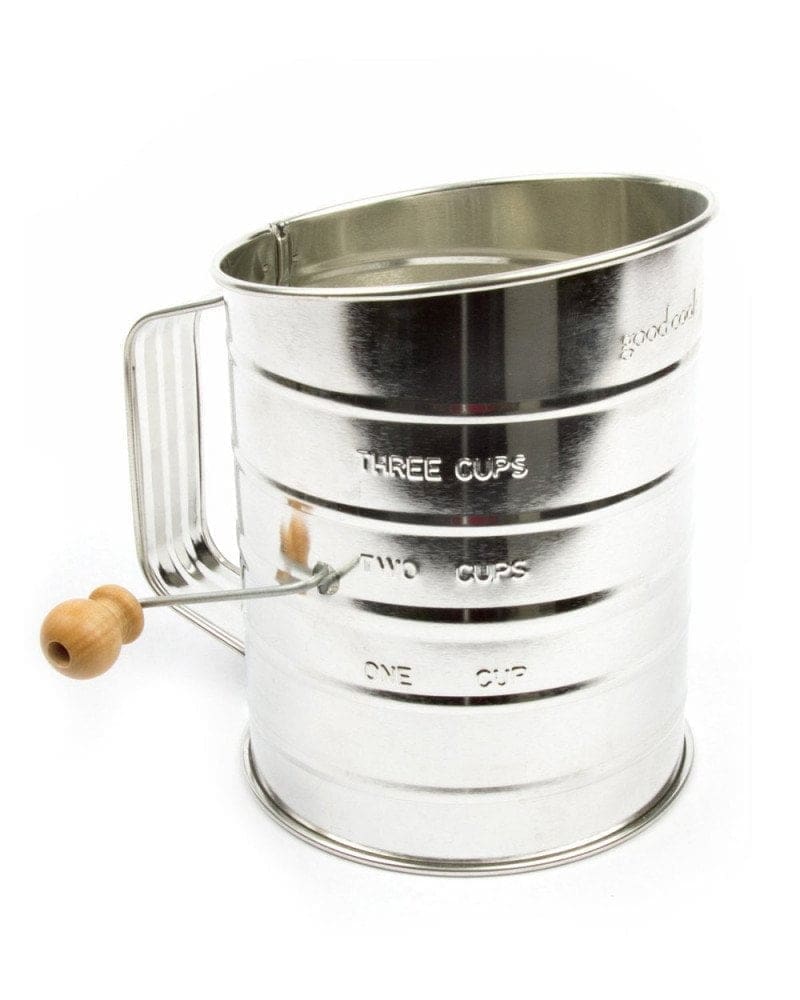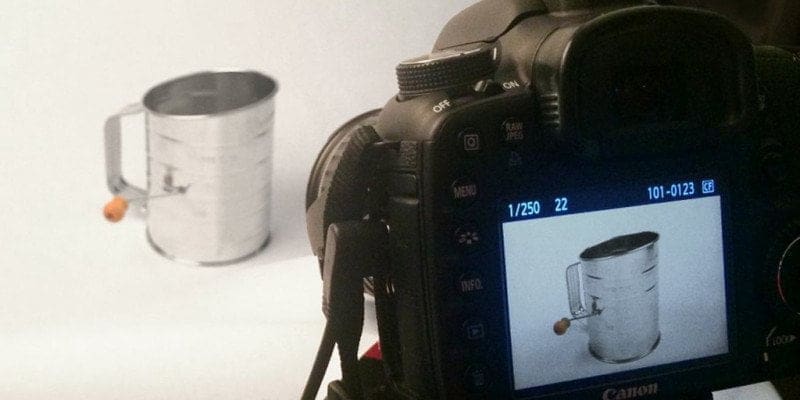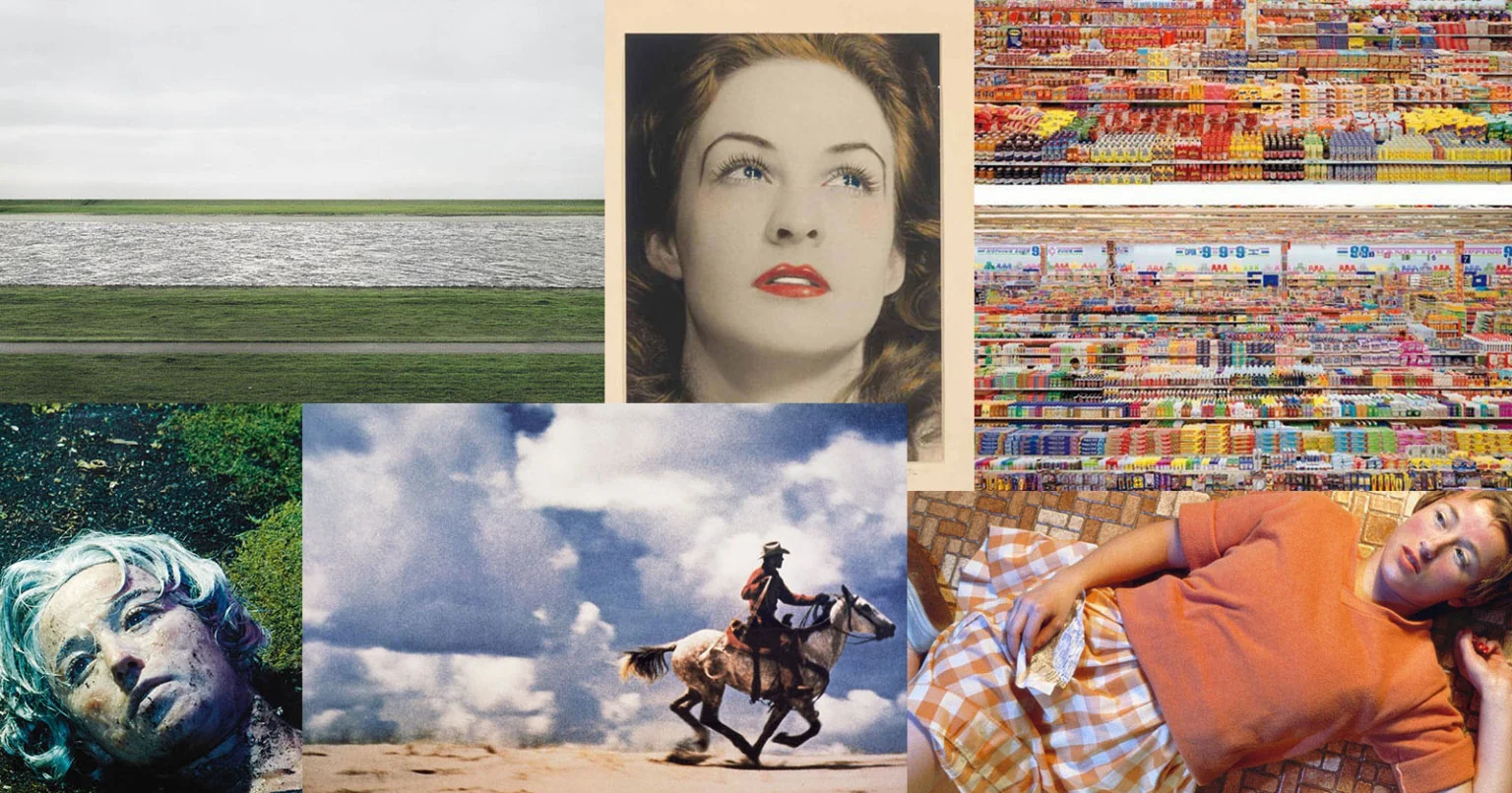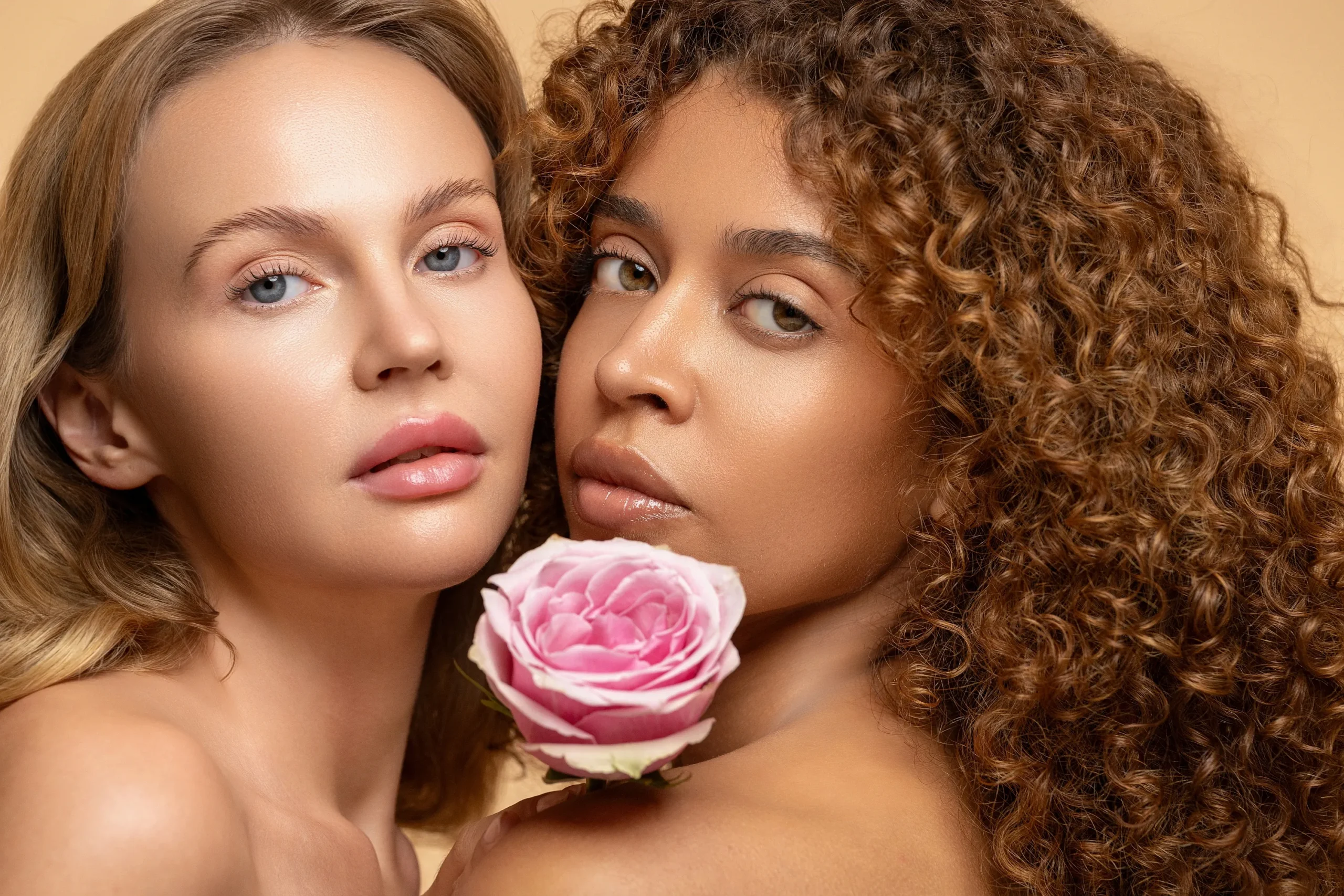In product photography, photographing products with shiny and reflective surfaces such as sunglasses, watches, glass objects, metal accessories or gemstones is a real challenge for many photographers. Unwanted reflections, glare spots and loss of detail are common problems. But with the right knowledge and techniques, it is possible for a photographer who knows how to shape and control light to overcome these challenges and achieve impressive results. Whether you're looking for a professional solution for these delicate shots or you're looking for "How to shoot shiny products?" and want to improve your own skills, this article will guide you. Successful bright product shot for examples Jewelry & Jewelry & Bijouterie Shoot and Home & Decoration & Living You can review our pages.
In this guide, we'll explain step-by-step how to illuminate products with shiny surfaces (especially glass and metal) with the right techniques and get professional images that reflect the quality of your products and boost your sales. Let's learn the intricacies of glass and metal product photography without the nightmare of reflections and glare.
Technique 1: Photographing Transparent or Colored Glass Products (Backlit)
The most effective and visually striking way to photograph transparent or translucent glossy products, such as glass, is often backlighting technique. This technique brings out the form, contours and transparency of the glass in the best possible way. Here are the steps:
Step 1: Setting up the Lighting Scheme (for Glass)
- Large Space and Security: Prepare a sufficiently large and safe shooting area as you will be working with fragile products.
- Position of the Light Source: Your light source (can be continuous light or flash) of the product right behind place it. The aim is for the brightest part of the light to pass through the glass, emphasizing the edges and form of the product.
- Alignment: If you have difficulty aligning the light and the product correctly, try lowering the light source slightly or placing the product on a non-transparent block/elevator.
- Softening Light (Diffusion): Place a large diffuser (this can be a softbox, diffusion panel, white translucent fabric or roll of paper) in front of the light source at the back to soften and evenly distribute the light. This prevents harsh glare.
- Reflectors (Reflectors): Place reflectors such as white foam board (Styrofoam) or white cardboard under and on both sides of the product. These reflectors reflect the soft light from the diffuser back onto the front and sides of the product, filling in dark areas and adding volume to the product.
- Top Mirroring (Optional): You can also add a piece of white reflective material (paper, fabric, foam board) on top of the installation (on top of the product) so that the light is reflected from above and you can achieve a more homogeneous lighting.

Step 2: Adjusting Camera Settings (for Glass)
- White Balance: Adjust your camera's white balance setting according to the type of light source you are using (flash, daylight, tungsten, etc.). If you are unsure, Auto White Balance (AWB) is usually a good starting point, which can be corrected in post-editing.
- Shooting Mode: Shooting in Manual (M) mode gives you full control over light and exposure.
- Aperture: To ensure that the product is as sharp as possible (greater depth of field), it is usually small aperture such as f/11, f/16 values are preferred. This helps to keep the product clear from front to back.
- ISO: To keep the image quality at the highest level and avoid noise lowest ISO value (usually ISO 100 or ISO 200).
- Focus: Focus on the most important detail or center of the product. Using a tripod is important to ensure sharpness.
- Test Shots Adjust the exposure by trying different shutter speeds to find the best result. Feel free to make small changes to your setup and camera settings!
Step 3: Editing Phase (for Glass)
A correctly applied backlighting technique will already minimize many imperfections and disturbing reflections in your glass product. This simplifies your editing (post-production) process considerably. What still needs to be done:
- Cleanliness: Carefully remove any dust, smudges or fingerprints that may have been missed during shooting with the healing/clone tools.
- Background Make sure the background is completely clean and (if that is the goal) pure white (RGB 255,255,255). Clean or replace the background if necessary.
- Contrast and Sharpness: If necessary, make slight contrast and sharpness adjustments to make the product more distinct.
These simple touch-ups will make your glass products look professional and attractive.
Technique 2: Photographing Metal or Highly Reflective Surfaces (Double-Sided Soft Light)
Metallic objects (watches, jewelry, utensils, etc.) are one of the most difficult product groups to photograph due to their highly reflective nature. The reflection of the entire environment, the camera and even the photographer can often be seen on the surface of the product. The aim is not to completely eliminate these reflections, but to control them and create smooth transitions that give the product form and volume. The following steps will help you photograph your metallic glossy products in their best light without distracting reflections.
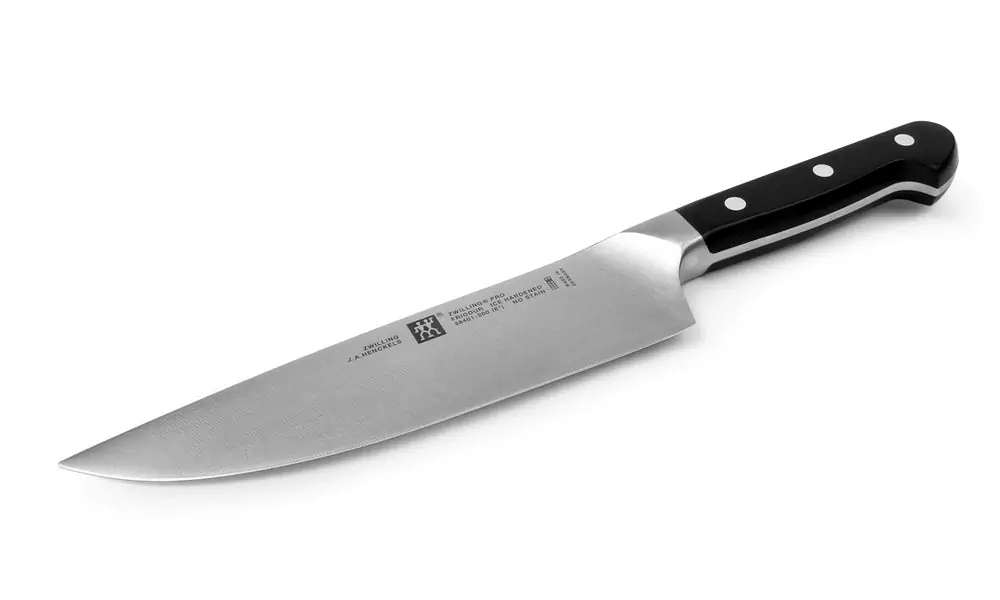
Step 1: Setting up the Lighting Scheme (for Metal)
- Solid Ground and Positioning: Place the product on a clean table, block or drafting surface.
- Two Large Soft Light Sources: Place two large light sources on each side of the product (e.g. at 45 degree angles). These light sources must be a big light shaper (softbox or large diffusion umbrella). The aim is to keep the surface of the light source falling on the product as wide and soft as possible. These wide, soft light sources create controllable, soft and gradient reflections on the metal surface, rather than harsh pinpoint glare.
- Background (Sweep): Place a white (or any color) background paper or fabric behind the product (sweep) so that there is a seamless transition from the bottom to the camera. This provides a clean background and helps to reflect light under and in front of the product. Extending part of the paper under the camera lens can also prevent reflections from the lens.
- Power and Position of Lights: Tilt both light sources slightly towards the product and generally equal power adjust it. This ensures even lighting. By playing with the position and angle of the lights, you can control the shape and size of the reflections on the metal surface.
- Watch out for fingerprints: Be sure to clean the product before you start shooting and again during shooting. Metal surfaces show fingerprints very clearly. Use gloves if possible.
Ineffective or harsh lighting gives very bad results on metallic products. In the comparison below you can see the difference between correct (soft, double-sided) and incorrect (hard, single) illumination.
Step 2: Adjusting Camera Settings (for Metal)
- Diaphragm Again, to ensure clarity throughout the product f/11 or lower (like f/16) use an aperture value.
- ISO: To maintain quality ISO 100 at a low value.
- Snapshot In manual mode, set the shutter speed that will give you the correct exposure according to your camera's exposure meter (low shutter speed is not a problem because you are using a tripod).
- White Balance: Adjust according to the light source you are using or use Auto White Balance and correct later.
- Focusing: Focus on the main focal point or center of the product.
Step 3: Editing Phase (for Metal)
With the right lighting, the need to organize metal products is also reduced. Basic steps
- Cleanliness: Carefully remove any unavoidable dust, small scratches or fingerprints from the surface with the healing and clone tools.
- Reflection Control (if required): If there is a very disturbing or unwanted reflection (such as a camera reflection), try to carefully remove it by cloning or other advanced techniques. But remember, due to the nature of metal, some reflection is normal and even desirable; it adds realism to the product.
- Color and Contrast: Make slight contrast and brightness adjustments while preserving the true metallic color of the product.
- Background Cleanup: Make sure the background is completely clean and smooth.
Photographing your shiny products can be challenging at first, but with the right techniques and a little practice, you can achieve great results. If you'd rather leave the technical details to the professionals, or if you'd like to get an in-depth knowledge of the private photography lesson LUX Photo Video Production is ready to help you with our more than 20 years of experience and well-equipped studio. Professional bright product shot to get information about our services and prices Product Photography and Video Shooting You can review our page and take a look at the examples we have taken. Contact us for appointments or questions bilgi@luxproduksiyon.com e-mail address or at your service around the clock Whatsapp Line you can get in touch directly through
